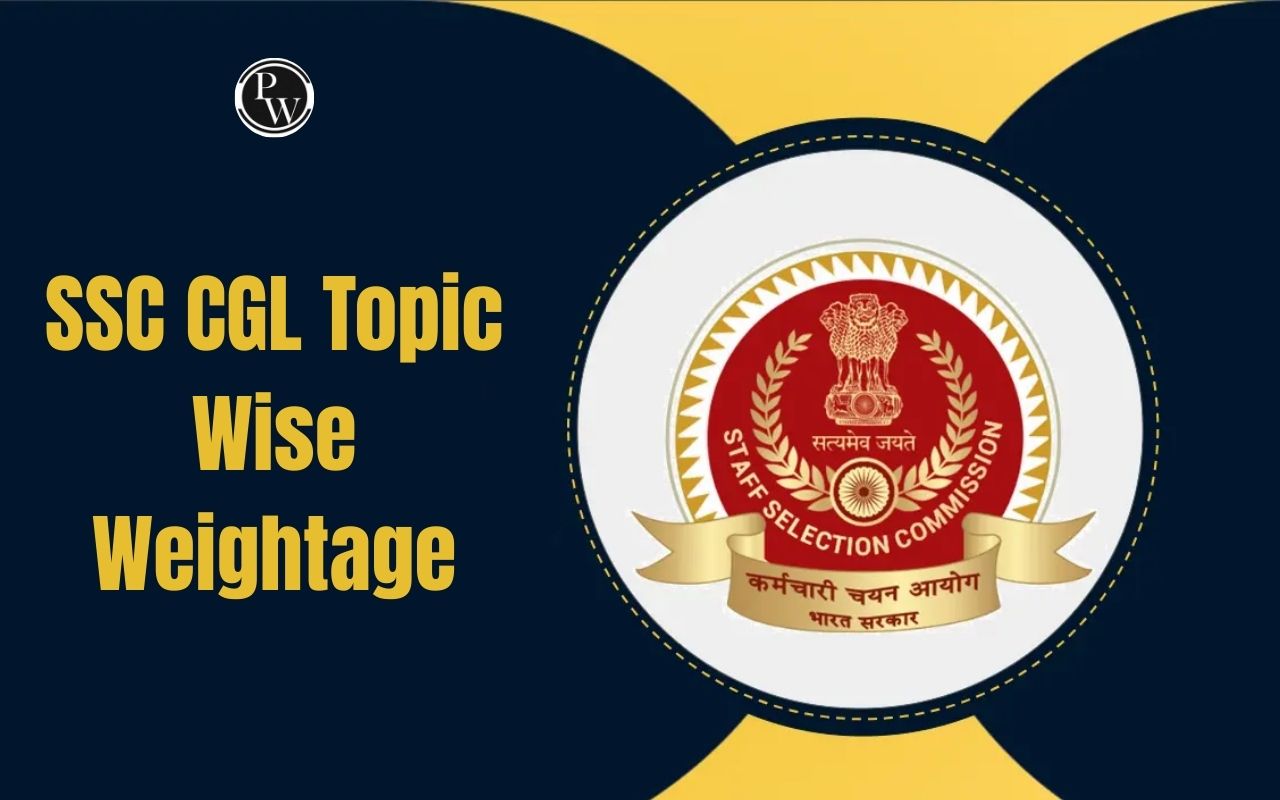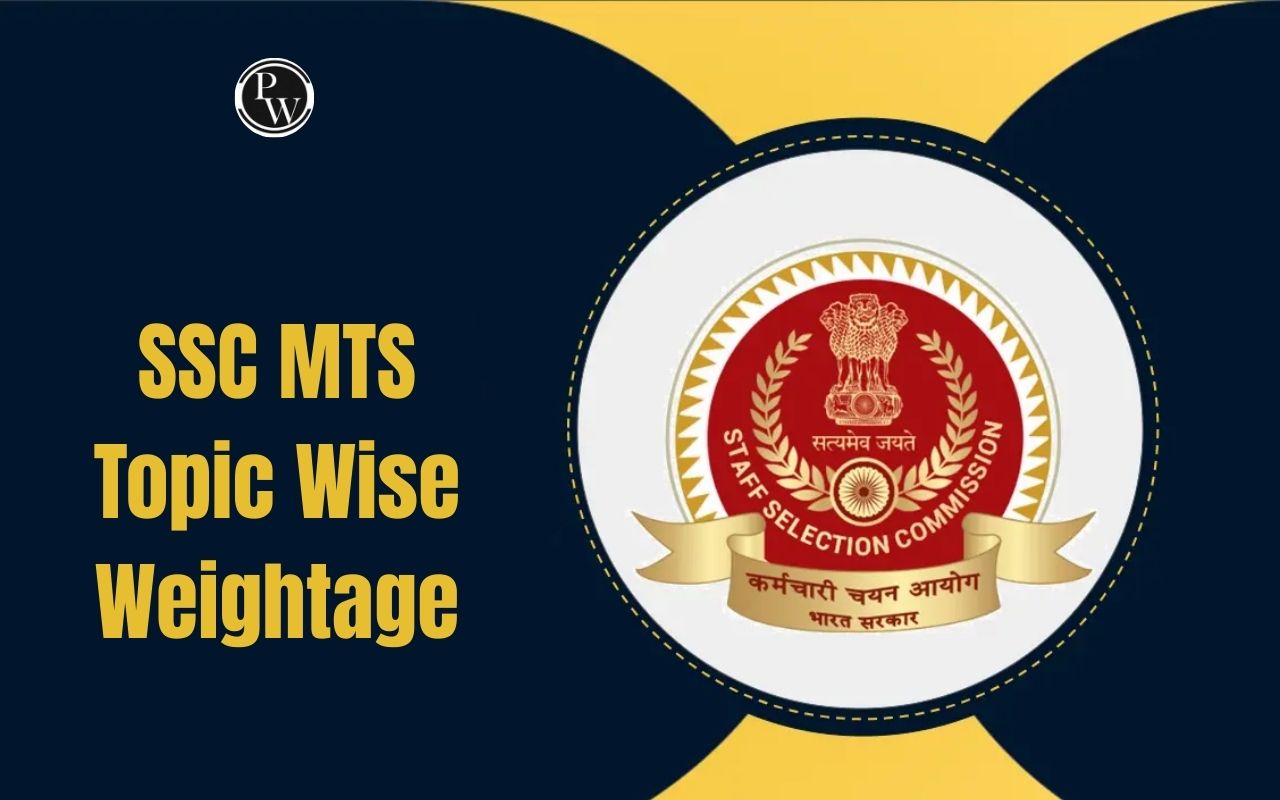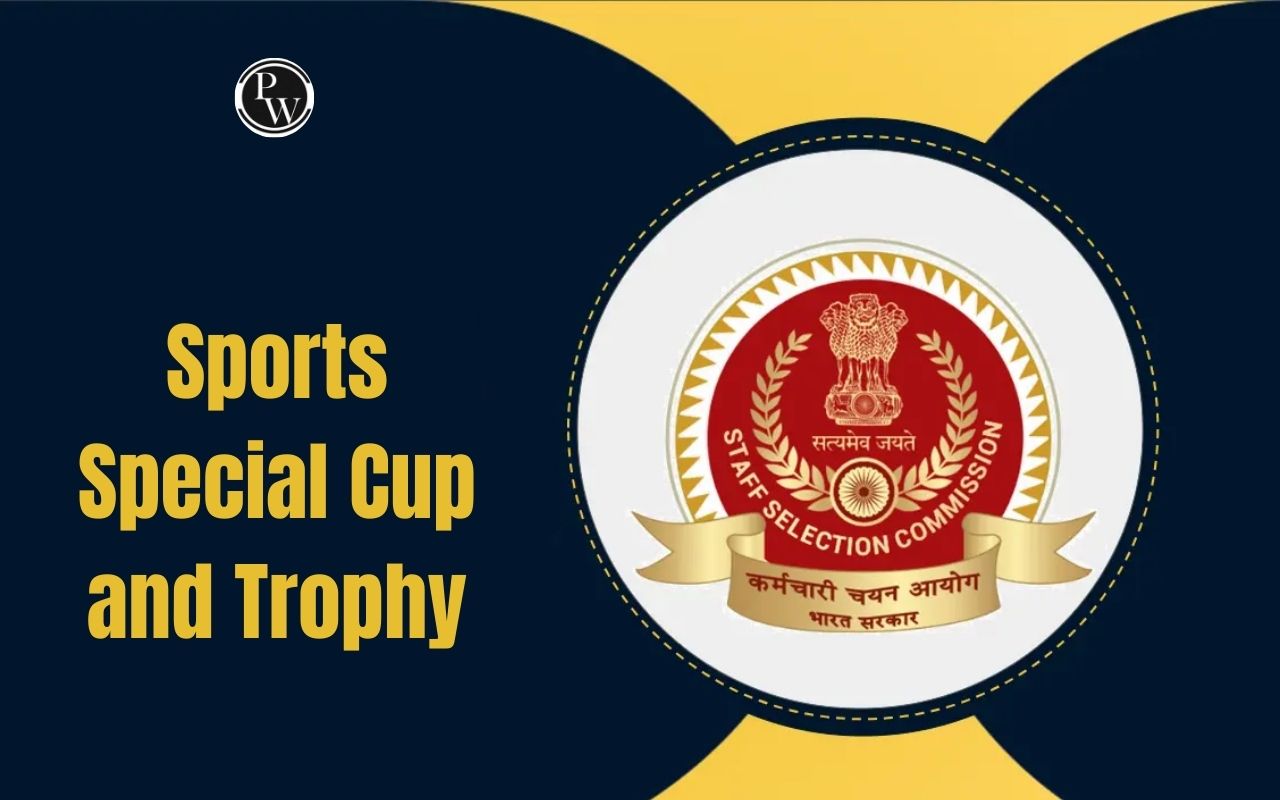
Partition of Bengal in 1905 was a significant aspect in the history of India. It was proposed by Lord Curzon, who was the Viceroy of British India. He wanted to make governance in Bengal, which included Bihar and Orissa, more manageable. This region had been together since 1765, but it had become too big to handle by 1900. So, Lord Curzon decided to split it into two parts: West Bengal and Bihar. The separation of East Bengal from the west Bengal was a big part of this partition. It was far away and had poor connections with the rest of Bengal. This decision had a profound impact on the Indian National Congress. The Congress, which was a middle-class political group, started to evolve into a larger and more influential movement in response to this partition.
Partition of Bengal
In 1905, the British rulers of India split Bengal into two parts because they thought it would make things easier to govern. They made one part mostly for Hindus and the other mostly for Muslims. This decision was made by Lord Curzon, who was in charge of India. It was announced on July 20, 1905, and became official on October 16, 1905. But after six years, they changed their minds and cancelled the split. The separation of Bengal was met with strong opposition from the Hindu community in West Bengal. They were concerned that this division would make them a minority in a region that would also include Bihar and Orissa. Lord Curzon claimed that this division would make the administration more effective, but the Hindus were very upset about it. They felt that this decision was part of a "divide and rule" strategy by the British authorities.Partition of Bengal Background
Starting in 1765, after the Battle of Buxar, the British ruled over a big area called Bengal. This area included what we now know as West Bengal, Bihar, Odisha, Bangladesh, and Assam. It had a lot of people, almost 80 million by the early 1900s. Calcutta was the capital of this place and all of British India. But it was tough to manage such a huge area. The eastern part, especially the countryside, didn't get much attention. To make it easier to govern, they thought about splitting up this big area even before Lord Curzon came to India. In 1874, they took Assam away from Bengal and put it under a Chief Commissioner. At first, Lord Curzon suggested the partition of Bengal as a way to manage things better. In 1904, he visited eastern Bengal. Later on, they started thinking about using the division of Bengal to weaken the growing nationalism in Bengal and other parts of India. According to Curzon's plan, after the split, there would be two provinces: Bengal (with modern West Bengal, Odisha, and Bihar) and Eastern Bengal and Assam. Bengal would cede five Hindi-speaking states to the Central Provinces while acquiring Odia-speaking states from the same region. Eastern Bengal would include Hill Tripura, Chittagong, Rajshahi, and Dhaka divisions, with Dhaka as its capital. Bengal would mostly have Hindu people, while Eastern Bengal and Assam would have mostly Muslim people. Calcutta would still be the capital of Bengal.Causes of Partition of Bengal
- In 1905, Lord Curzon, the British ruler of India, did partition of Bengal.
- Bengal was a big region, similar in size to France, but had many people living there.
- The division was done to improve governance in the eastern part of Bengal, which was seen as not well-managed.
- People in Bengal reacted to this division in a strong manner:
- Many Bengalis people felt insulted and really wanted Bengal to be united again.
- A famous song called "Amar Sonar Bangla" by Rabindranath Tagore became a symbol of this unity.
- The Indian National Congress didn't like the division, and most Bengalis in the west didn't want it either.
- Many Bengali Muslims supported the division, thinking it would benefit them.
- Lord Curzon promised to build a university in Dhaka, which seemed like a good opportunity for Muslims.
- Most people in the rest of India didn't like the division and thought it was a way for the British government to control them by dividing them.
- This division led to the Swadeshi and Boycott movements, where people avoided British goods to support local businesses.
- The division also caused religious and political divisions, leading to the creation of the Muslim League in 1906.
Reasons for Partition of Bengal
Several factors led to the partition of India in 1947:- Religious Differences: The two main religious groups in India, Hindus and Muslims, had grown apart over a long time. This happened because of various reasons, such as their different beliefs and ways of worship, as well as their social and economic disparities. The rise of Muslim nationalism during the early 1900s made the tensions between these communities worse.
- Political Differences: India's main nationalist organization, the Indian National Congress, was mainly led by Hindus. On the other hand, the All-India Muslim League, founded in 1906, represented the interests of the Muslim community. These two parties couldn't agree on how to share power in a united India.
- British Colonial Policies: The British government's strategy of dividing and ruling, along with its support for Muslim separatism, significantly contributed to the partition of India. The British were worried about the growing power of the Indian nationalist movement, and they thought that partitioning the country would weaken this movement.
- Economic Differences: Hindus and Muslims tended to live in different parts of India, and they had varying economic interests. For instance, Hindus were more involved in trade and industry, while Muslims were more involved in agriculture.
- Social Differences: Hindus & Muslims followed different social customs & traditions. Hindus had a caste system, which Muslims did not.
- Language Differences: India is home to many different languages, which sometimes led to conflicts.
Partition of Bengal Date
The Partition of Bengal in 1905 was a historical event where the British government divided the province of Bengal into two parts: West Bengal and East Bengal. They did this to try to weaken the growing independence movement in Bengal and also to balance the population of Hindus and Muslims in the region. This division was carried out under the leadership of Lord Curzon on October 16, 1905. One of the key reasons behind this division was that the Bengal province was originally very large, including Bengal, Bihar, and Orissa. It was becoming challenging to govern such a vast region efficiently. As a solution, they first split Bengal into East Bengal and Bengal, and later into West Bengal and Bihar.Features of Partition of Bengal
- In December 1903, the British government decided to split the province of Bengal.
- Lord Curzon, who was the Governor of India at that time, made this decision.
- Bengal was a big province, and it was divided into two parts: Bengal (which included Orissa, Bihar, and Western Bengal) and Eastern Bengal & Assam.
- Bengal kept Calcutta as its capital, while Eastern Bengal & Assam had Dacca as its capital.
- Bengal was split mainly to weaken it because it had become a hub for Indian nationalism in the early 1900s.
- Bengal had a population of 78 million people, and it was becoming hard to govern such a large area.
- They divided Bengal in a way that Bengalis became a minority in the new province.
- The new Bengal included 37 million Hindi and Oriya speakers among its top 17 million Bengalis.
- In terms of religion, Western Bengal had mostly Hindus, while Eastern Bengal had a lot of Muslims.
- Lord Curzon wanted to gain the support of the Muslims, so he chose Dacca as the capital of the new province to unite the Muslim community.
- The British government also encouraged Muslim communalists to counter the influence of the Indian National Congress and the national movement.
Impact of Partition of Bengal
- Bengal Division: Lord Curzon decided to divide the Bengal, which caused a lot of trouble.
- Insult to Homeland: Many people in Bengal felt this split was an insult to their homeland and wanted Bengal to stay together.
- Tagore's Song: Rabindranath Tagore wrote the famous song 'Amar Sonar Bangla,' which later became Bangladesh's national anthem.
- Opposition by Congress: The Indian National Congress didn't like the idea of dividing Bengal along religious lines.
- Protest in Western Bengal: Most Bengalis in the western part of Bengal protested because they didn't want to become a linguistic minority.
- Support from Some Bengali Muslims: Some Bengali Muslims supported the division, thinking it would help them educationally, economically, and politically.
- Promise of a University: Lord Curzon promised to build a university in Dhaka, which was seen as an opportunity for Muslims to improve their education and living standards.
- National Protest: People in the rest of the country protested because they believed the British were trying to divide and rule.
- Early Agitation: The protests began even before the actual division, and on the partition day, people mourned. Tagore suggested that Hindus & Muslims should tie rakhis to each other as a form of protest.
- Opposition from Some Muslims: There were Muslims who also disagreed with the partition.
- Swadeshi and Boycott Movements: The partition led to the Swadeshi and Boycott movements, where people boycotted British goods, as these goods harmed local industries.
- Religious Division: The partition effectively created religious divisions within the country and played a role in the establishment of the Muslim League in 1906.
Annulment of Partition of Bengal
The annulment of the 1911 partition of Bengal happened for several reasons. Originally, the partition was met with strong opposition, and it was declared illegal due to political protests. Instead of dividing Bengal based on religion, it was divided based on language, creating two new provinces: Orissa and Bihar, and splitting Assam. Since the protests couldn't be stopped, authorities decided to reverse the division. In 1911, King George V announced the reunification of eastern Bengal with the Bengal Presidency. Although other regions were divided, areas where Bengali was the predominant language remained united. Lord Hardinge played a key role in undoing the partition due to riots linked to the Swadeshi movement. The decision to move the capital to New Delhi aimed to give the British administration a stronger foothold. The partition disappointed Muslims in Bengal, as they expected protection for their interests. They saw it as favoring Hindus over Muslims. Muslim leaders opposed the division and saw benefits in creating Muslim-majority districts. Despite the annulment, it didn't lead to a cultural separation between Hindus and Muslims, and the region remained united. To succeed in upcoming exams, candidates should consider exploring PW SSC Books We provide high-quality content at an affordable price, including sample papers, mock tests, guidance sessions, and more to ensure aspirants secure their selection. Also, enroll today on SSC Online Coaching to turn your dreams into reality.| Other Related Links | |
| Tiger Reserves in India | National Parks in India |
| Biosphere Reserves in India | Elephant Reserves in India |
Partition of Bengal FAQs
Q1 Who took the decision to partition Bengal?
Q2. Who abolished the partition of Bengal?
Q3. Who is responsible for the partition of India?
Q4. What is annulment of partition of bengal?










